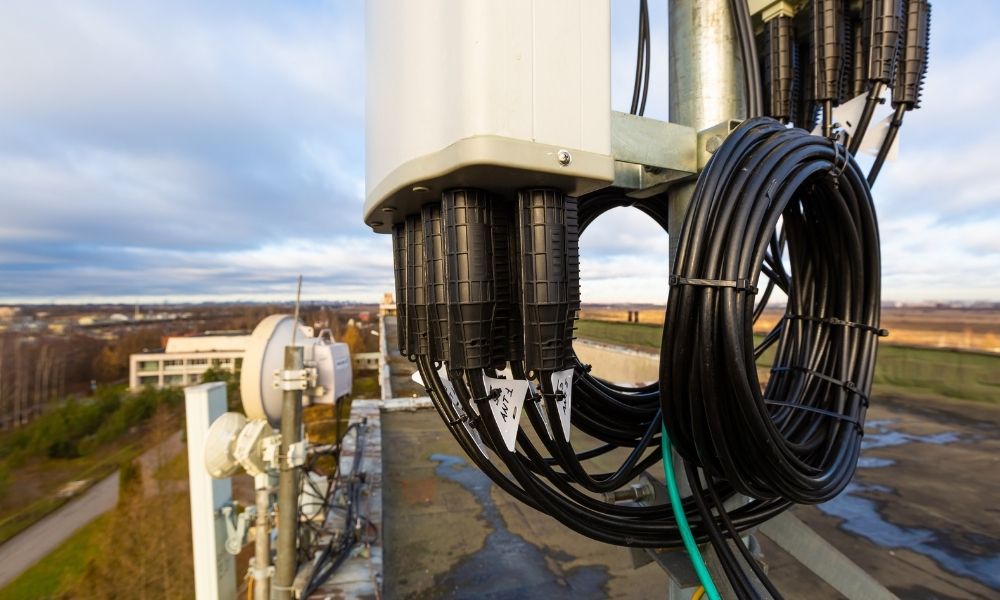Considerations for GPS Antenna Installation

If you want to unify the network devices in your building, Network Time Protocol (NTP) is a reliable way to do so. With it, you can gain assurance that all your clocks will not only be synchronized but will also be precisely accurate in relation to Coordinated Universal Time (UTC), which people use all over the world. The foundation of NTP in your building is a network time server that uses GPS to acquire UTC information and transmit it to the rest of your network. If its GPS connection is weak, though, this could affect its ability to function well. Make these considerations for GPS antenna installation so your time server can run optimally should it be separate from its antenna.
Where To Place the Antenna
Communication between your server and several GPS satellites must be free of physical barriers that could hinder their signaling. Therefore, you should place the antenna in an area where it is directed up at the open sky. Higher elevation points such as building roofs are good options if they rise above their surroundings. As the antenna must connect with satellites in various positions simultaneously, this ensures that no obstacles will get in the way of the signal in any direction.
How To Connect the Antenna
For the antenna to work with your GPS server, you need to link the two with a coaxial cable. This cable not only works as a line of communication between the two devices but also as a power supply for the antenna. You should terminate your cables on one end with Type-N connectors so they can connect to the antenna. On the server end, you should use SMA connectors instead.
Regarding the cables themselves, there are many varieties for you to choose from, each with different degrees of protection against sunlight, temperature, and water. They may also contrast based on their attenuation properties. Choose a sturdy cable, then secure it to the outside of the building with a cable conduit for additional protection or cable hangers, making sure that you do not bend the cable excessively at any point or run it through water.
What Supplementary Products To Use
You can boost your antenna’s capabilities with supplementary products as well. This can be a final consideration for GPS antenna installation, as it is not always necessary, but may be worthwhile depending on your preferences or environment. For instance, if your area is subject to storms, you may add a lightning arrestor at the point where the antenna cable goes inside your building. This will help protect from lightning damaging anything beyond that point. You could also support a lengthy cable line with an inline amplifier, which will prevent the signal from diminishing on its way from the antenna to the server. If you want to use one antenna for multiple GPS-based devices, you can connect its cable with an RF splitter that will divide the signal into two or more separate lines as well.
To find time-related equipment for your building, visit our website. TimeMachines provides everything from NTP time servers to programmable clock timers that are easy to install.
